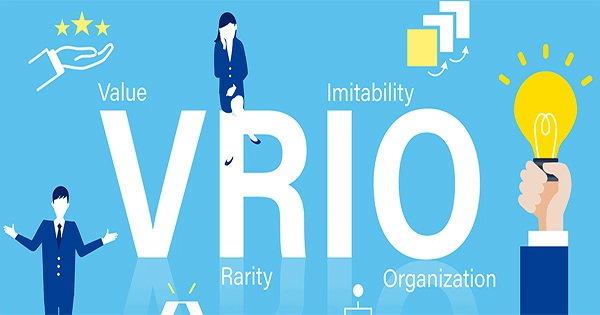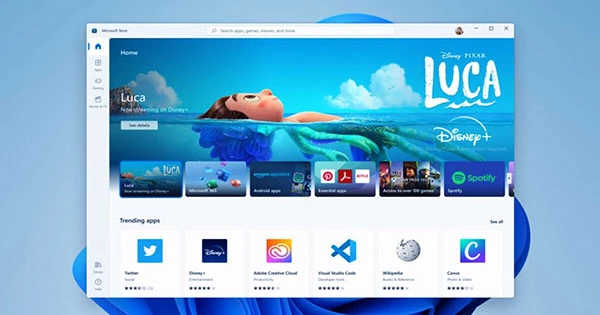A company’s internal resources and capabilities are examined using the VRIO framework to determine whether they can provide a source of long-term competitive advantage. The words value, rarity, imitability, and organization makes up the term VRIO.
In order to understand the sources of competitive advantage firms are using many tools to analyze their external (Porter’s 5 Forces, PEST analysis) and internal (Value Chain analysis, BCG Matrix) environments. One of such tools that analyze a firm’s internal resources is VRIO analysis. The tool was initially developed by Barney, J. B. (1991) in his work ‘Firm Resources and Sustained Competitive Advantage, where the author identified four attributes that a firm’s resources must possess to become a source of sustained competitive advantage. According to him, the resources must be valuable, rare, imperfectly imitable and non-substitutable. His original framework was called VRIN. In 1995, in his later work ‘Looking Inside for Competitive Advantage’ Barney introduced the VRIO framework, which was an improvement of the VRIN model. Four criteria—VRIO analysis—are used to determine whether a resource is valuable, rare, or both. pricey to copy? And is a business set up to extract the value from its resources? A resource or capability that satisfies all four criteria can give the business a stable competitive advantage.
Valuable: The framework’s first question asks whether a resource offers value by enabling a business to take advantage of opportunities or protect itself from hazards. A resource is deemed useful if the response is in the affirmative. Resources are also worthwhile if they assist organizations in raising the perceived value of their clients. This is accomplished via boosting differentiation or, alternatively, by lowering the product’s price. Resources that fall short of this need are at a competitive disadvantage. Because internal and external conditions are always changing, it is crucial to regularly assess the value of the resources. Otherwise, they may lose their worth or become completely useless.
Rare: Rare resources are those that can only be obtained by one or a small number of businesses. Resources that are uncommon and precious provide a fleeting competitive advantage. On the other side, competitive parity results when a large number of businesses share a resource or utilize a capacity in a similar manner. This is so that no organization can perform better than another by using the same resources to implement the same strategy.
Even though competitive parity is not the intended state, a company should not ignore the valuable but widespread resources. An organization would suffer if it lost important assets because they are necessary for survival in the market.
Costly to Imitate: If other groups without access to a resource find it difficult to duplicate, purchase, or use as a substitute at a fair price. Imitation can take place in two different ways: by directly copying the resource or by offering a similar good or service (substituting).
A company with important, hard-to-find, and expensive to replicate resources may—but not always—achieve a lasting competitive advantage. Resources can be difficult to replicate for three reasons, according to Barney:
- historical circumstances: Resources that were created over a lengthy period of time or in response to historical events are typically expensive to duplicate.
- Causal uncertainty: Companies are unable to pinpoint the specific resources that give them a competitive advantage.
- Complexity in society: the assets and skills that are founded on the corporate culture or interpersonal interactions.
Organized to Capture Value: If a business is not set up to benefit from its resources, the resources themselves offer no advantages. To fully utilize the potential of its priceless, unique, and expensive to duplicate resources and capabilities, a company must organize its management systems, procedures, policies, organizational structure, and culture. Only then will the businesses be able to maintain their competitive advantage.















